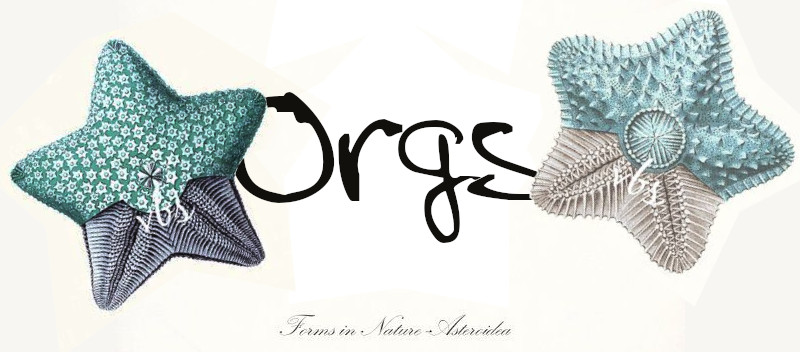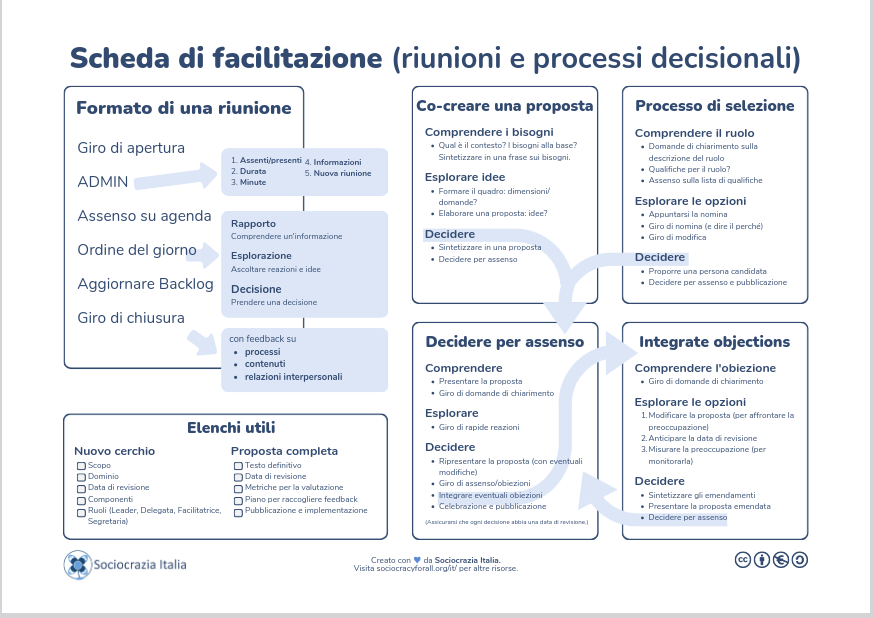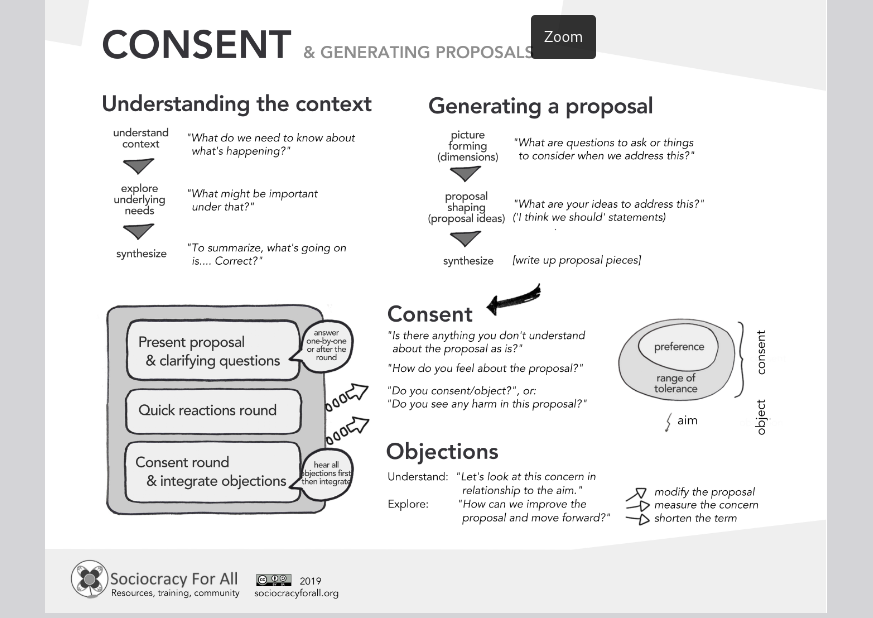The consent method is a decision-making methodology often practiced within the sociocracy.
can be confused with the consensus method, especially in English! since one is “consensus” and the other is “consent,” let’s see what it is.
From a conversation with an italoablative group that uses it, they point out to us that:
– one of the main things is HOW you get to the proposals on which to decide
Document, proposals creation:
https://www.sociocracyforall.org/meeting-posters/
https://www.sociocracyforall.org/it/risorse/#schede
The two key steps, are: gathering ideas and creating the proposal with implementation details, otherwise it is difficult to know if you have objections or not.
At the time of decision, one wonders if there is CONSENT.
OBJECTIONS should be carefully divided between:
– emotional/personal objections, which should be taken up by the group and bridged, but are NOT blocking
– Objections that see a danger in putting the decision into practice.
The latter are BLOCKING objections, which need to be taken up and integrated into the proposal, to resubmit it and then make a new decision-making “round” and verify assent.
The assent method is meant to mitigate the difficulty of always having to reach unanimity, which is a difficult practice and for homogeneous groups; and it takes care not to have a disgruntled minority, as in democracy.
In this it is very similar to the consensus method.
In implementing any decision, however, it is very important to remember to VALUE people’s work, and not reduce oneself to mere slaves to the group’s decision.
Example of a meeting:
- first you check all ASPECTS (practical, ideological, fiscal, administrative, technical, …)by free speech, and after the DETAILS and reflections, again by free speech to gather all OPINIONS
- in 3 or 4 people, gathered all the material, come up with the PROPOSAL
- DECISION on the proposal is proposed to reach as unanimous a result as possible, with this sequence:
- QUESTIONS about the details
- EMOTIONAL hot reactions
- CONSENT, if no one adds anything the proposal passes, if there are blocking objections, we start again to reformulate the proposal
Critical to arriving at the decision is that ALL DATA have been collected, because decisions cannot be made without the necessary information.


